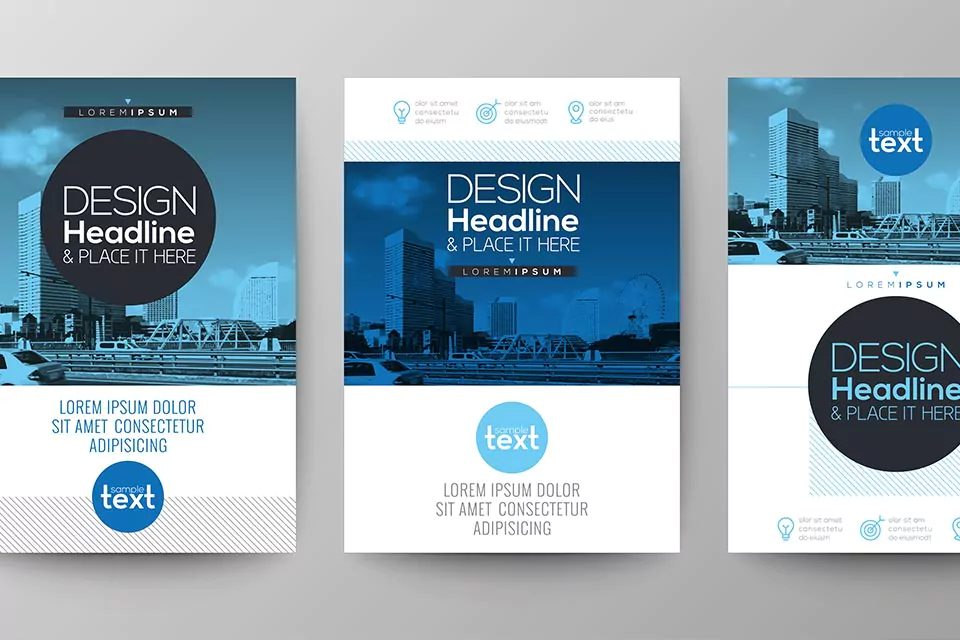
Print Automation and Database Publishing for your company
Automated processes for print media such as catalogues, magalogs, brochures, magazines and flyers offer numerous advantages. In today’s media mix, print still plays a significant, but naturally changing role. Print automation significantly shortens production times, reduces costs dramatically and also offers the chance for better market penetration. You decide individually which target group is served with which solution-oriented publication (e.g. with a language version or only with an excerpt from a catalogue).
Automation with style
Automated publications neither seem boring nor static, as the degree of automation can be freely selected. This means that not only classic industrial product catalogs can be automated, but also brochures, offer flyers, fashion catalogs or magalogs with editorial content.
You want to know more?
Then send us directly an
Print interface to PIM systems
The data for your print media is drawn fully automatically from your systems such as PIM (Product Information Management System), ERP, DAM, CRM etc. This ensures that the data used in the publishing process is always up-to-date and correct.

The advantages of print automation at a glance
Reduction of production time and costs
Target group and solution-oriented product information
Last minute updates of product information/prices in completed documents possible
Avoidance of redundant and incorrect product data
Secured workflows involving external agencies/branches etc.
Efficient support in the implementation of a cross-media communication strategy
priint:suite – the market leading software for print automation
We would be happy to work with you to develop a strategy that is tailored to your requirements. As a Solution Partner of Werk II we use the software components of the priint:suite – the market leader for multichannel publishing platforms.
We take over the print automation for you
1. actual survey of existing publications and data sources and analysis of weaknesses
2. improvement of your print publications with regard to possible automation and readability
3. support for data modeling during a new PIM launch or print channel expansion of existing content systems
4. automation in the form of templates, placeholders and rules Generation of open InDesign documents and/or PDF documents (PDF rendering), document management with workflows, web-to-print applications
5. connection of the PIM systems – definition of the necessary interfaces to the content systems, whether database access, use of exports, REST or SOAP interface
6. additional use of basic data for electronic catalogue formats such as BMEcat, ETIM, GS1, …
Achieving synergies with print and electronic product data catalogs
The creation of the different catalogue forms is a downstream process that should trigger the other format in parallel each time one format is created. Customers who prefer an electronic procurement process are not able to order using a print catalog. They do not have the electronic data to store them in the ERP system for eProcurement. However, as soon as the customer has a print catalog and wants to order a relevant product, you should ensure that the customer can also trigger the need – the purchase – at that moment. By generating the print catalog and the electronic catalog in parallel, with the content corresponding to the print catalog, you enable your customers to integrate directly into the systems from which the purchase order is generated.
Thinking one step further:
Let your customers trigger the catalog creation directly. Integration into a customer portal allows customers to compile their own assortment, select which catalog variants they need and trigger the creation according to their stored requirements for print and electronic catalogs. In this way you promote customer satisfaction and service to your customers. At the same time you shorten the time-to-market enormously.